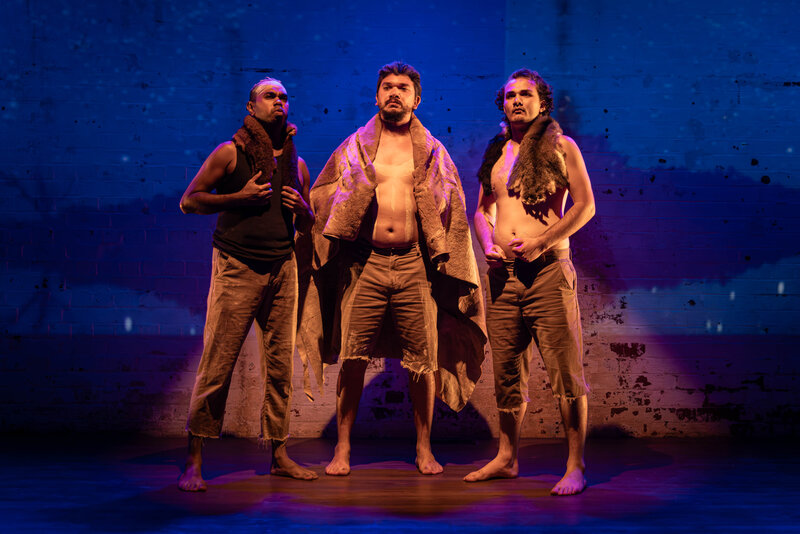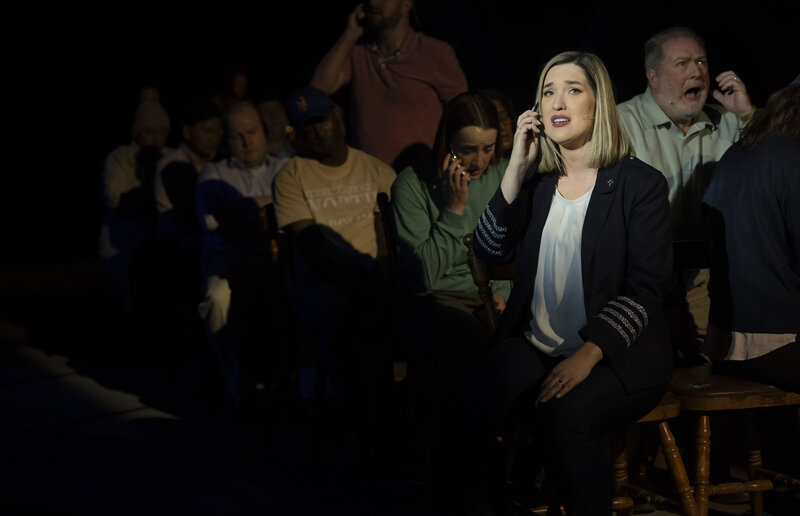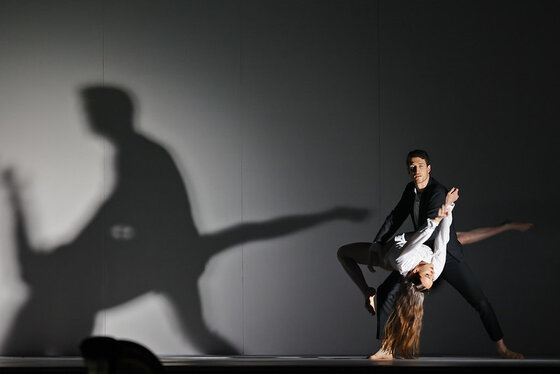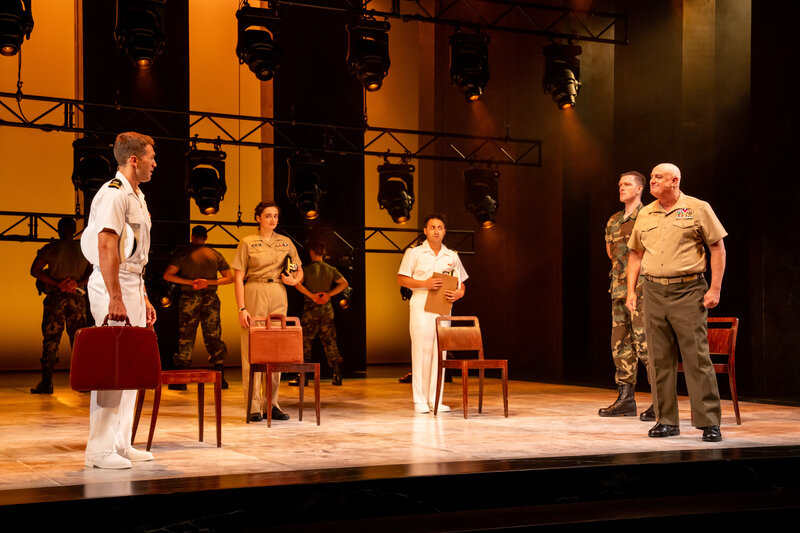This co-production from Brazil, Uruguay and Holland is a slice of life drama set against the backdrop of the rodeo circuit, and gives us some insights into this little known macho world of the Vaquejada, a world populated by nomadic rodeo riders. Unlike the bigger and better known rodeos of America where cowboys riding bucking bulls for up to eight seconds, here the cowboys grab a bull by the tail and drag it to the ground.
 The central character here is Iremar (played by Juliano Cazarre, a popular Brazilian actor who has appeared in 360), a vaquero who travels with the rodeo. He travels in a truck/trailer with Galega (Maeve Jinkings), an exotic dancer, and her precocious young daughter Caca (newcomer Alyne Santana), who is obsessed with horses, and his overweight and somewhat coarse companion named Ze (Carlos Pessoa), who provides much of the comic relief.
The central character here is Iremar (played by Juliano Cazarre, a popular Brazilian actor who has appeared in 360), a vaquero who travels with the rodeo. He travels in a truck/trailer with Galega (Maeve Jinkings), an exotic dancer, and her precocious young daughter Caca (newcomer Alyne Santana), who is obsessed with horses, and his overweight and somewhat coarse companion named Ze (Carlos Pessoa), who provides much of the comic relief.
But rather than tackling bulls Iremar’s job is to sand the tails, making them easier to grip, feed and clean the bulls. But Iremar also has dreams of leaving this tough and impoverished nomadic life behind and working in the fashion industry designing women’s clothing. He regularly draws designs over the nude bodies of models in Ze’s pornographic magazines, and uses the discarded bulls’ tails for some of his designs. He also meets Geise (Samya DeLavor), a heavily pregnant security guard who also moonlights as a cosmetic sales rep. Ze is also replaced by hunky cowboy Junior (Vinicius de Oliveira), which changes the dynamic of this close knit group.
Neon Bull deals with themes of dreams, possibilities, sexuality and gender politics. It is the sophomore fiction feature for director Gabriel Mascaro and follows his lyrical August Winds. Mascaro is better known for his documentaries that largely explored issues of class and inequality in Brazil, so the material here seems a perfect fit for his oeuvre. He has an unobtrusive, almost observational style that immerses us into this unusual world of the vaquejada and the routine of these itinerant rodeo workers.
Mascaro is a visual storyteller and stylist who blends a documentary-like realism with touches of surrealism. His cinematographer Diego Garcia captures some striking images of this rough world, and he works with long languid takes. The film has minimal dialogue, but Mascaro creates a wonderful atmosphere The titular neon bull only makes a brief cameo appearance, but it serves as a metaphor for the fading glory of the bullring and the rodeo circuit itself.
Iremar is front and centre for most of the film, and his character plays against the usual stereotype of the macho cowboy. Cazarre has a commanding presence but he delivers an understated performance. Actual rodeo hands appear in the film as extras, and Cazarre spent time with them to help lend an authenticity to his performance.
The slight narrative, written by Marcela Gomes, Cesar Turin and Daniel Bandeira, is meandering and episodic, and delivers little in the way of actual plot. The film unfolds in a slow, leisurely manner that will not be to everyone’s taste. And there is an extended, raw six minute sex scene between Iremar and Geise that was shot in one long continuous take.
While Neon Bull has gained its fair amount of positive reviews on the festival circuit and it certainly stamps Mascaro as a director to watch, I must admit I found it all a little dull.
Director: Gabriel Mascaro
Cast: Maeve Jinkings, Juliano Cazarré, Aline Santana, Carlos Pessoa
Release Date: 10 November 2016
Rating: R 18+
Greg King

David Edwards is the former editor of The Blurb and a contributor on film and television




